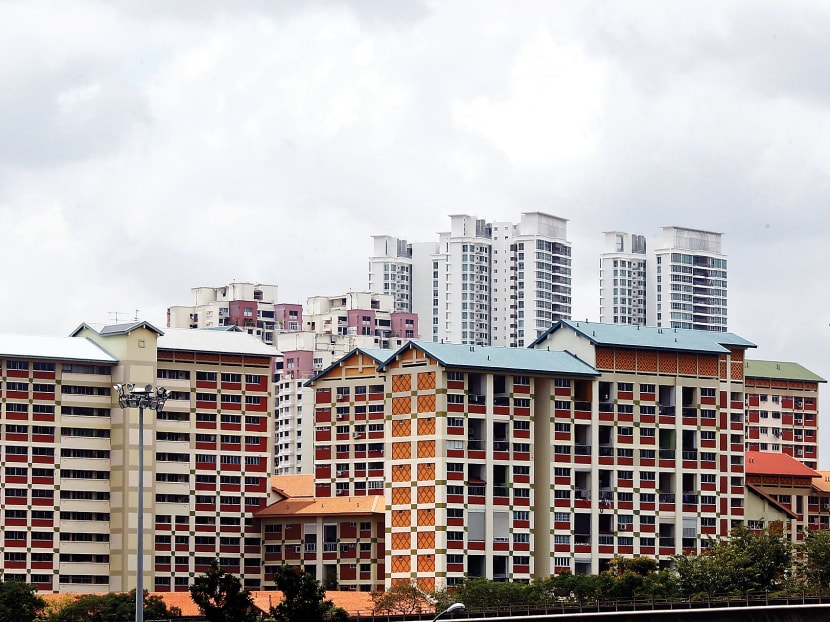TDSR makes older property measures redundant: Experts
SINGAPORE — With the Total Debt Servicing Ratio (TDSR) framework proving effective in keeping housing prices in check, some of the property cooling measures introduced over the past five years may have become redundant, said real estate experts yesterday.

URA figures showed sub-sales accounted for 3.4 per cent of all sale transactions in the second quarter of this year, lower than the 4.6 per cent in the first quarter. TODAY FILE PHOTO
SINGAPORE — With the Total Debt Servicing Ratio (TDSR) framework proving effective in keeping housing prices in check, some of the property cooling measures introduced over the past five years may have become redundant, said real estate experts yesterday.
At a discussion at the annual National Real Estate Congress, panellists highlighted the Seller’s Stamp Duty (SSD) — imposed in February 2010 and subsequently expanded — and the Additional Buyer’s Stamp Duty (ABSD) — introduced in 2011 and raised in January last year — as measures the Government could review.
“I think nobody questions the reason behind the TDSR, but with it being in place for slightly more than a year now, I think it’s time for the Government to start looking at whether some of the earlier measures have become redundant because we have a pretty effective TDSR,” said Mr Dennis Yeo, managing director of property consultancy Colliers.
ERA key executive officer Eugene Lim shared this sentiment, saying the cooling measures may be an “overkill” now that speculative activity has been curbed.
Figures from the Urban Redevelopment Authority showed that sub-sales accounted for 3.4 per cent of all sale transactions in the second quarter of this year, lower than the 4.6 per cent recorded in the first quarter.
“The sub-sales number is actually very low across all types of properties, so there is very limited speculation. It could be an opportune time to review the measures aimed at tackling speculative buying and selling, which is essentially the SSD. Is it necessary anymore at this stage?” Mr Lim said.
However, Associate Professor Sing Tien Foo of the National University of Singapore’s Department of Real Estate said the cooling measures continued to act to prevent the formation of a property bubble, a view shared by fellow panellist Seah Seng Choon, executive director of the Consumers Association of Singapore.
“We don’t want to see a bubble forming. So, it’s good that the Government wants to slow things down to make sure it doesn’t go out of control and eventually burst, which would cause everyone to suffer, including the genuine buyers. So, it’s important that the measures are in place to ensure financial prudence is maintained,” said Mr Seah.
He said the cooling measures paled in comparison with some of those in the region.“The measures here are rather mild compared with, perhaps, Australia, where foreigners are not allowed to buy resale properties … So, I think genuine buyers should not be too affected by the measures. The measures are not to stop people from buying properties,” Mr Seah said.
Still, as more Singaporeans aspire to not only own a home to live in, but also have a second property for investment, it is perhaps timely to lower or remove the ABSD for local buyers, Mr Lim said. “The ABSD is needed to prevent foreigners from buying and driving up prices. But since the TDSR is already preventing locals from over-gearing, I don’t think tweaking the ABSD for local buyers will cause prices to shoot up again. Developers also have a lot of stock to clear,” he added.





